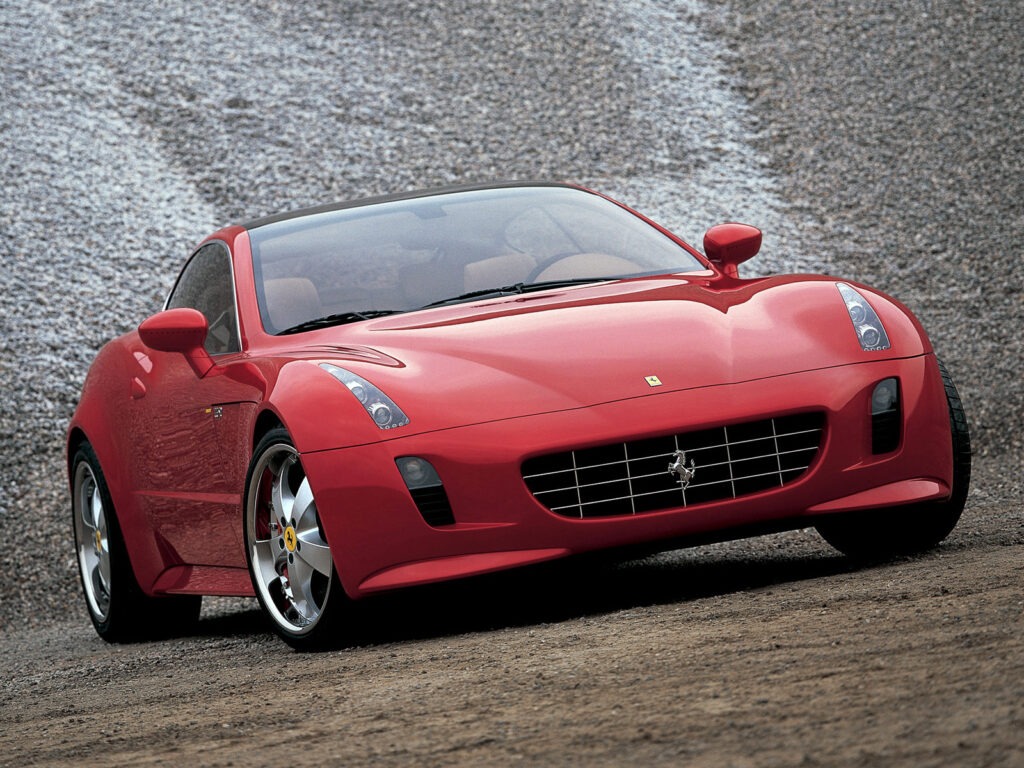
In the illustrious world of automotive design, milestones are often marked by extraordinary creations that transcend the boundaries of tradition. Among these, the Ferrari GG50, conceived by the visionary Giorgetto Giugiaro, stands as a testament to innovation while paying homage to the iconic Ferrari tradition. This article delves into the philosophy, exterior design, and unique features of this extraordinary vehicle, exploring how it has become a symbol of Giugiaro’s enduring legacy and Ferrari’s commitment to pushing the boundaries of performance and design.
GG 50 Philosophy
The genesis of the Ferrari GG50 dates back to September 2004 at the Paris Motorshow, where Giorgetto Giugiaro shared his vision with Ferrari’s President and CEO, Luca di Montezemolo. This ambitious project aimed to commemorate Giugiaro’s 50-year journey in car design. The canvas chosen for this masterpiece was the Ferrari 612 Scaglietti, a 12-cylinder four-seater coupé. Guided by Montezemolo’s directives of maintaining Ferrari’s tradition while ensuring a compact, enjoyable sensation, Giugiaro began his creative journey.
Giugiaro, renowned for his meticulous approach, sketched the design by hand, crafting a 1:10 scale model from four orthogonal views. This intricate process, now carried on by Fabrizio Giugiaro, highlights the precision synonymous with Giugiaro’s methodology. The transition to a 3D validation through the Italdesign-Giugiaro Virtual Reality Design Center marked the tangible inception of the Ferrari GG50.
Redesigning the Layout
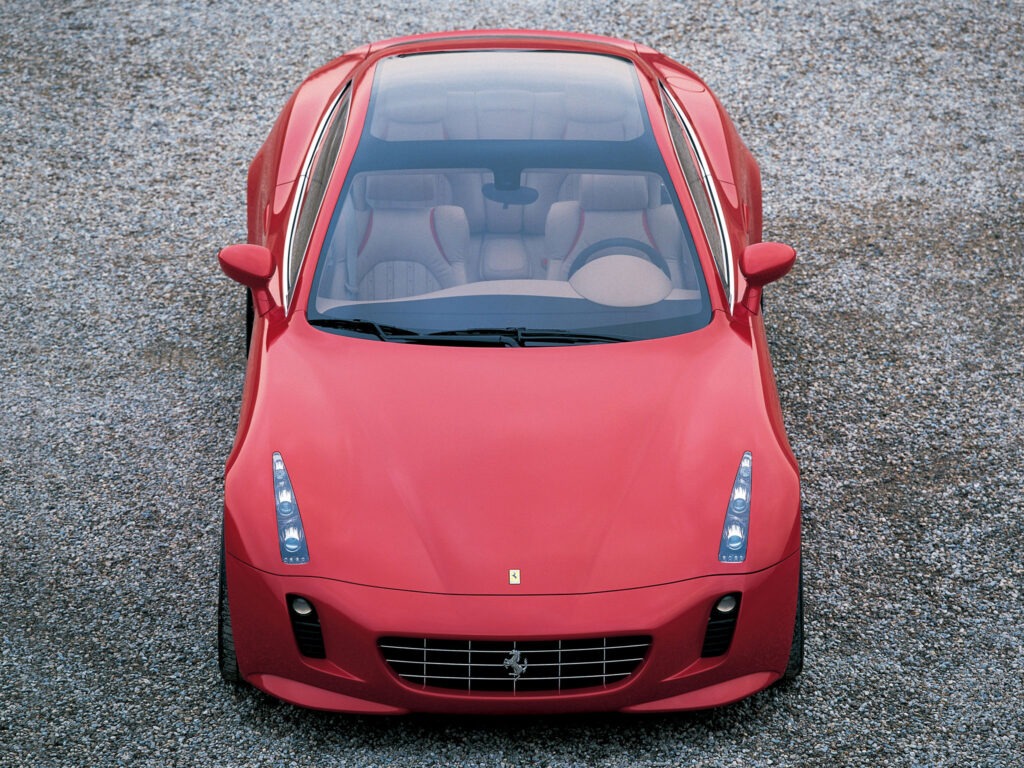
While preserving the 612 Scaglietti’s wheelbase, the Ferrari GG50 exhibits a slightly shorter length with a fastback tail concealing a hatchback lid. Giugiaro’s innovative redesign incorporates a new fuel tank layout below the trunk platform line, creating a flat loading platform when the rear seatbacks are folded down. Executed with the support of Ferrari Technical Direction, this redesign not only enhances the car’s aesthetic appeal but also increases loading capacity from 240 to 270 liters, reaching 500 liters with the rear seats folded.
GG 50 Exterior Design
The Ferrari GG50’s exterior design represents a harmonious blend of classic Ferrari elements and contemporary aesthetics. Despite its shorter length than the Scaglietti, Giugiaro’s strategic use of rounded angles in the nose and tail creates an optical illusion of enhanced compactness. The fastback tail, devoid of a third compartment, exudes a bold, performance-oriented stance.
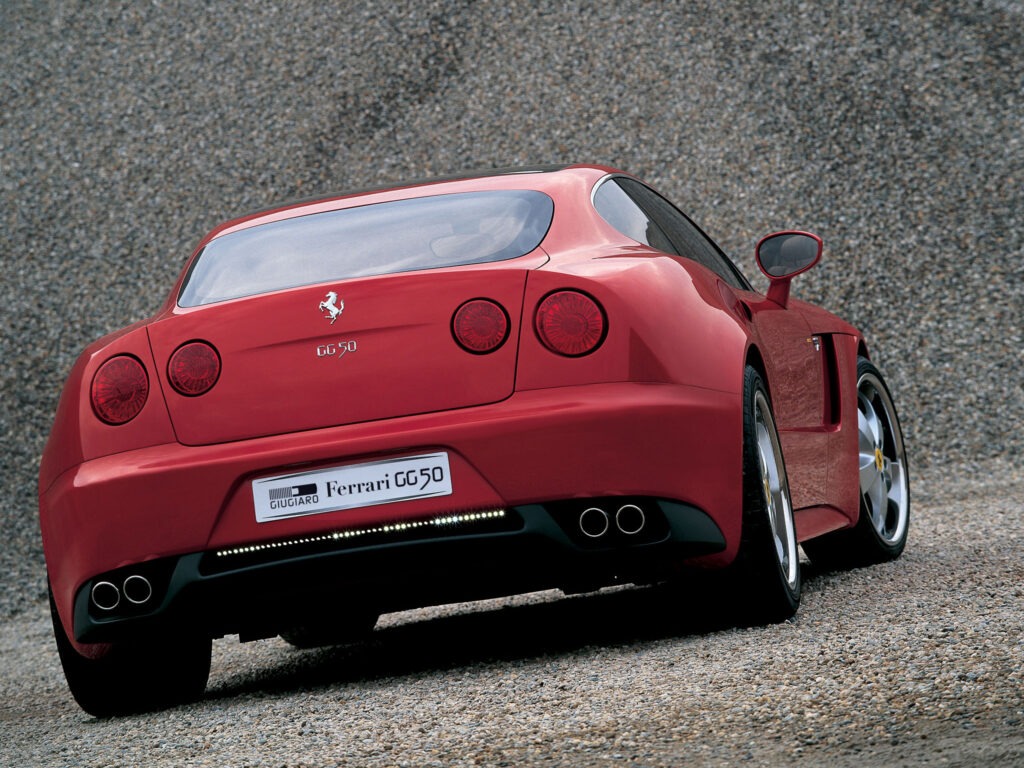
The immaculate bodyside features a seamlessly integrated air intake, emphasizing the car’s aerodynamic profile. The belt line arches over the rear wheel, accentuating the generous wheelhouse’s muscular contours. The timeless front grille, complemented by low-slung and vertical headlamps housing XENON beams and dimmers, reflects Ferrari’s signature elegance. The incorporation of LED technology in the round dual lamps at the rear adds a modern touch, contributing to the GG50’s distinctive character.
Interior Features
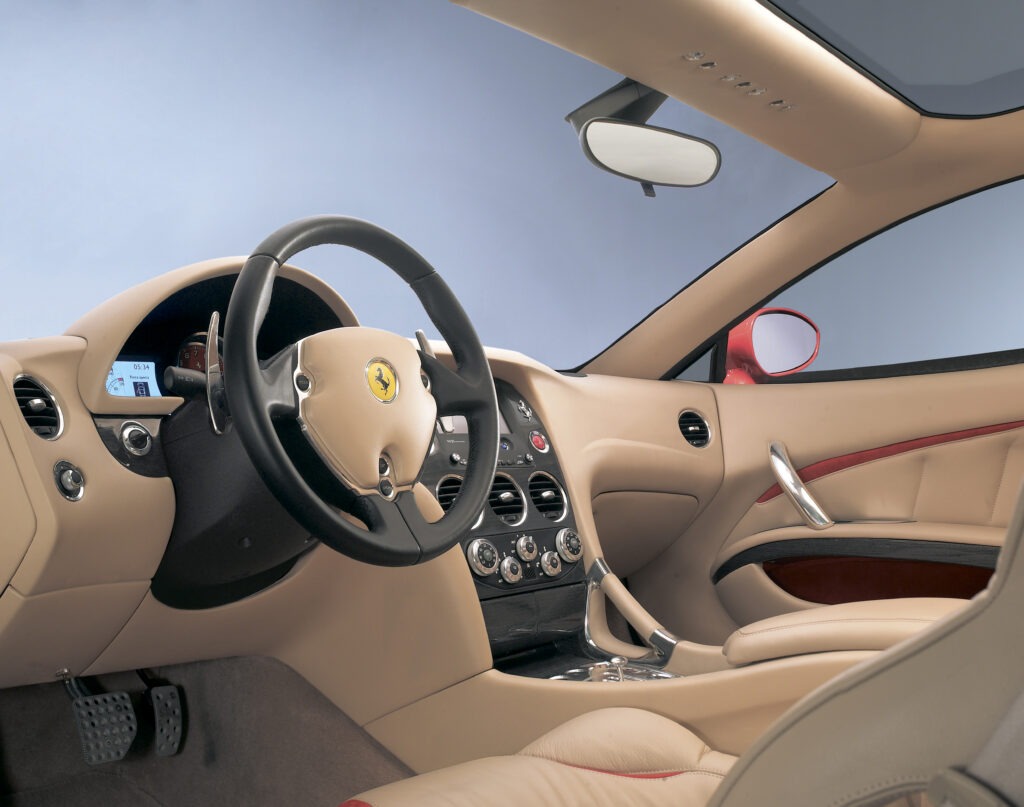
Inside the Ferrari GG50, innovation meets comfort. The dashboard, featuring the AVIC – X1R satellite navigator by Pioneer, offers a blend of advanced technology and user-friendly design. Storage pockets, strategically placed between the front and rear seats, add practicality to the interior. Notably unconventional for a Ferrari of its time, the door panels feature a horizontal natural beech insert, adding a touch of sophistication to the beige leather-covered seats.
The upper section of the rear seatbacks can be folded down, creating a flat loading platform at the same height as the new fuel tank. The incorporation of LED technology in the round dual lamps, coupled with a photochromic roof, enhances the overall driving experience.
Conclusion
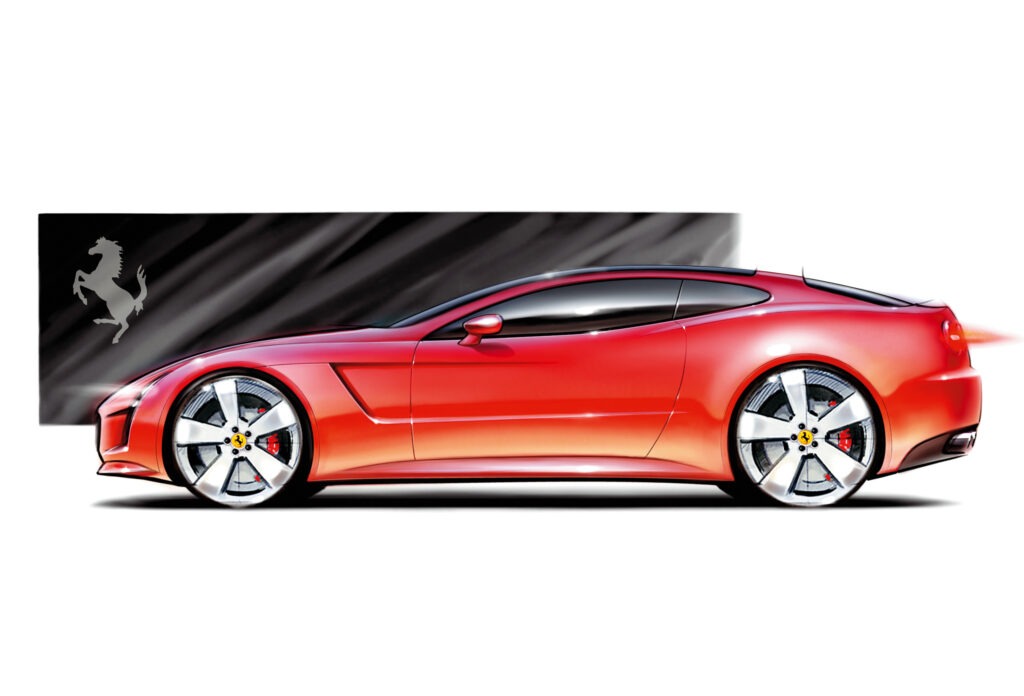
The Ferrari GG50 by Giorgetto Giugiaro is more than just a car; it’s a masterpiece that encapsulates 50 years of automotive design expertise. With its dynamic exterior, innovative layout, and thoughtful interior features, the GG50 stands as a symbol of Giorgetto Giugiaro’s enduring legacy and Ferrari’s commitment to pushing the boundaries of performance and design. As enthusiasts and connoisseurs alike marvel at this fusion of legacy and innovation, the GG50 takes its place as an iconic chapter in the storied history of Ferrari and automotive design as a whole.

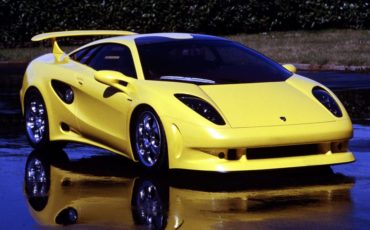
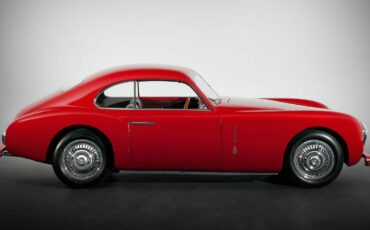
Love the design! But it was not Giugiaro’s first Ferrari, he designed one when he was young and worked forBertone!